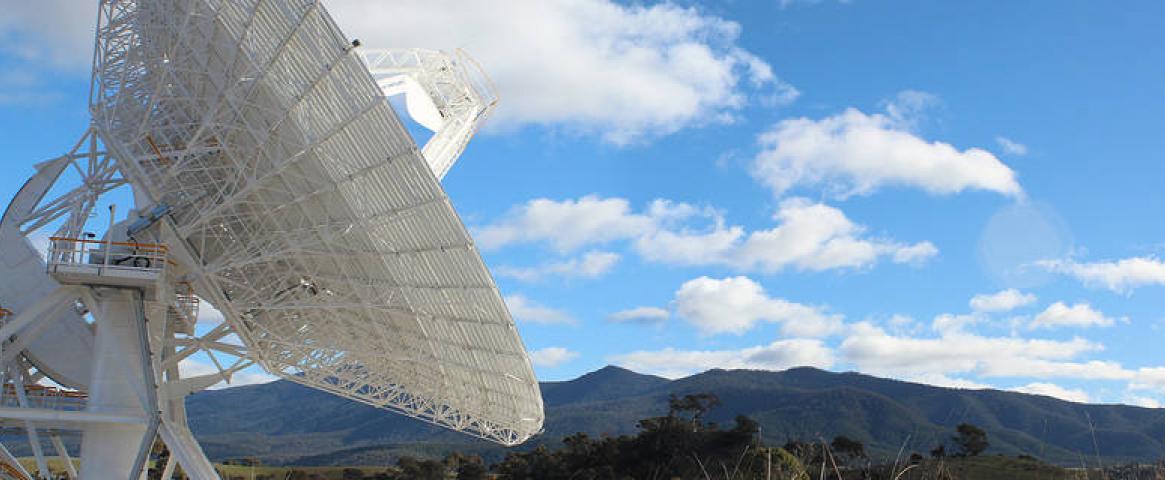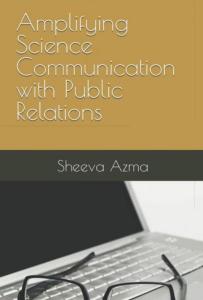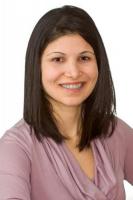
Sheeva Azma—Amplifying Science Communication with Public Relations
Sheeva Azma
Self-published, July 2, 2022, paperback, $9.99; eBook, $6.99
ISBN-13: 979-8839164550, ASIN: B0B5M9PMKZ
Azma reports:
Throughout the COVID-19 pandemic, I worked on various types of public-facing science writing: public health communications explaining the science of COVID-19 and preventative measures, therapeutics, and vaccines. I gained skills in journalism, media relations, crisis communications, and more -- skills I never previously had as a scientist or science writer.
Alongside my new roles, I began to see a need for more nuanced science communications training. I lectured science communicators internationally and through the Association for Science Communicators on ways to make science communication more inclusive culturally and politically.
Through my work, I began to see science communications as an emerging, previously underappreciated subfield of communications, one which was in dire need of tried-and-true communications strategies that scientists don't learn about in their coursework.Public relations refers to a process of strategic communication to build relationships between organizations and their publics, according to the Public Relations Society of America.
PR strategy applied to science communication benefits both science and science writers. PR strategies can help get science writers' work out there. From a freelancer perspective, this can translate to more money, more clients, and more opportunities. From a science literacy perspective, a PR-informed science communication strategy can boost public engagement with science, improve science literacy, and build media-scientist relationships that can combat misinformation.
I wrote this book to share the lessons I've learned about PR strategy over the course of the pandemic. The book talks about PR basics and ways to implement PR strategy via social media, podcasting, media coverage, and more. After reading this book, you'll have everything you need to implement a free or low-cost PR strategy to amplify your work. Kelly Tabbutt and Kevin Ho, fellow writers at my science writing company, Fancy Comma, LLC, helped edit the manuscript.
The pandemic made it clear that science facts don't speak for themselves. I hope that this book can help begin the discourse on the value of PR strategies in public-facing science communications.
Contact info:
Sheeva Azma, 405-437-4950, sheevawrites@gmail.com, https://www.sheevaazma.com, https://fancycomma.com/blog/posts, Twitter: @SheevaAzma
NASW members: will your book be published soon? Promote it by submitting your report for Advance Copy.
Tell your fellow NASW members how you came up with the idea for your book, developed a proposal, found an agent and publisher, funded and conducted research, and put the book together. Include what you wish you had known before you began working on your book, or had done differently.
See https://www.nasw.org/advance-copy-submission-guidelines.
View Advance Copy archives at https://www.nasw.org/member-article/advance-copy.
Thinking of writing a book? If you are a NASW member, you may access a list of more than 200 books and online resources to help you craft your book proposal, find an agent and funding sources, negotiate your contract, learn about self-publishing, publicize and market your book, and more at https://www.nasw.org/article/write-book.
Send book info and questions about book publishing to Lynne Lamberg, NASW book editor, llamberg@nasw.org.
Follow @LynneLamberg on Twitter for news about science/medical books, writing, and NASW authors.
Hero via NASA, public domain
Advance Copy
The path from idea to book may take myriad routes. The Advance Copy column, started in 2000 by NASW volunteer book editor Lynne Lamberg, features NASW authors telling the stories behind their books. Authors are asked to report how they got their idea, honed it into a proposal, found an agent and a publisher, funded and conducted their research, and organized their writing process. They also are asked to share what they wish they’d known when they started or would do differently next time, and what advice they can offer aspiring authors. Lamberg edits the authors’ answers to produce the Advance Copy reports.
NASW members: Will your book be published soon? Visit www.nasw.org/advance-copy-submission-guidelines for information on submitting your report.
Publication of NASW author reports in Advance Copy does not constitute NASW's endorsement of any publication or the ideas, values, or material contained within or espoused by authors or their books. We hope this column stimulates productive discussions on important topics now and in the future as both science and societies progress. We welcome your discussion in the comments section below.





